OVERSEER is developing a new tool that will significantly improve the review of farm information and reduce the ability to ‘game’ the software, says OVERSEER Ltd chief executive Caroline Read. “We will work with councils and farmers to ensure the new tool generates accurate descriptions of farms in a way that can be easily validated and confirmed,” she has told Coast & Country News in response to questions about the potential for farmers to ‘cheat’ the system by entering inaccurate information. Save Lake Karapiro president Angus Robson is among those critical of the use by the Waikato Regional Council of the OVERSEER programme as a tool for farm nutrient budgeting in its proposed plan change. He predicts landowners will use OVERSEER to ‘game’ – or cheat – their way to reach the plan’s 10 per cent improvement goal for the first 10 years and has called for OVERSEER to be dropped from the plan change. Caroline agrees there is the potential for people to enter information that doesn’t accurately reflect the farm but says this is “predominantly by accident given the difficult user interface, but could also be on purpose and this will impact on the N-loss estimate generated”. “To manage the issue about entering farm information, councils go to a lot of expense to audit and review farm files to ensure they accurately reflect the farm. “We will work with councils and farmers to ensure the new tool generates accurate descriptions of farms in a way that can be easily validated and confirmed.” Good approach Caroline says the accuracy of a nitrogen loss estimate generated using OVERSEER – which inform the Nitrogen Reference Point – rely heavily on the accuracy of the information about the farm entered into OVERSEER. This is where the concerns about ‘cheating’ come up. Both actual measured) N-loss figures and modelled N-loss estimates will vary depending on the measuring instrument or model used to generate them. “Models by their nature have simplifications – referred to as modelling assumptions and limitations – to generate results. OVERSEER’s modelling assumptions and limitations are well published and are consistent within the model – this means you can assess changes over time with confidence, even if the absolute values vary from actual values. “This is why the Nitrogen Reference Point approach is a good approach, as it requires change over time to be assessed and so allows a long-term approach to be used for managing water quality.” Appropriate tool However, Caroline says OVERSEER is an appropriate tool to be used in the way council is intending. “The way that the council has described its use of Nitrogen Reference Points that are set using OVERSEER appear to be consistent with the strengths of the model.” OVERSEER uses information about a farm’s physical characteristics – soil, climate, topography – and how the farm is run to predict the long-term average loss of Nitrogen from the root zone of the soil in any one year. This long-term average estimate of annual N-loss allows a Nitrogen Reference Point – or baseline – to be identified for the farm based on the described nutrient management practices – so any changes made to the way the farm is managed can then be compared in terms of N-loss against that reference point. “Collecting this information over time will enable both the council and the farmer to observe trends based on changes in land use practices. This can ensure farms achieve targets for reducing N-losses without stipulating how they achieve them. “It may be that for one farm it is best to reduce the use of fertiliser as the N being brought into the system through supplementary feed is sufficient to maintain soil fertility and production, whereas another farm may not be able to reduce fertiliser use and maintain soil fertility, and so needs to change grazing management to capture more effluent on feed pads. Effective approach “The reason we have supported using OVERSEER information in this way is to allow farmers to find the most effective approach to reducing N-loss into the environment for their specific situation, rather than use blanket rules for everyone.” Caroline says as an organisation that provides a tool that is used in regional planning, OVEREER Ltd tries to make sure accurate information on OVERSEER is provided to councils and the public. OVERSEER is a nutrient budgeting tool and has always been a nutrient budgeting tool. The calculations that model the nutrient balances and the use of the estimates that are derived from those calculations have changed over time. “This is what people mean when they say that OVERSEER is no longer being used for its original purpose.” OVERSEER estimates the balance of nutrients coming in and leaving a farm based on available information provided on that farm. This generates information that would otherwise only be able to be guessed at about how the farm is using available nutrients, such as how much N is being lost into the environment through GHG emissions, leaching and run-off, and if the soil fertility is likely to remain constant or decline over time based on farming practices. Scientific understanding “While these functions have been available for the history of OVERSEER, their modelling has significantly changed over time. This has been largely driven by improvements in scientific understanding of areas of agricultural science that have been invested in by the Government and industry, such as drivers of nitrogen leaching and greenhouse gas emissions. OVERSEER is not resourced to invest in new scientific research. “There has also been a steady increase in the ability for OVERSEER to model more farm systems and different management practices, as evidence that supports the modelling becomes available,” says Caroline. For a brief history of development of OVERSEER and information about how the modelling works and has been validated, see: overseer.org.nz
Thursday, April 18, 2024
Posted: 8:00am Saturday 11 Feb, 2017 | By Elaine Fisher elaine@thesun.co.nz
New tool to stop Overseer ‘gaming'
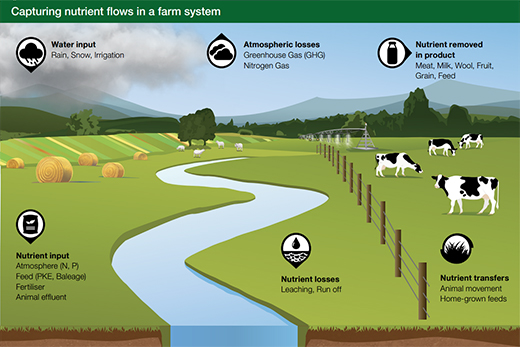


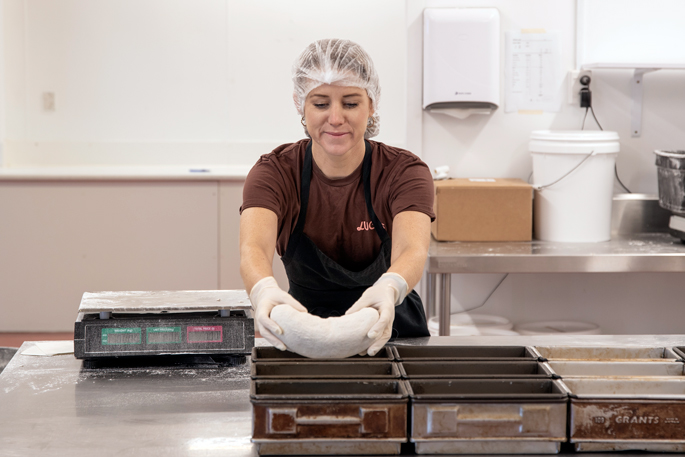
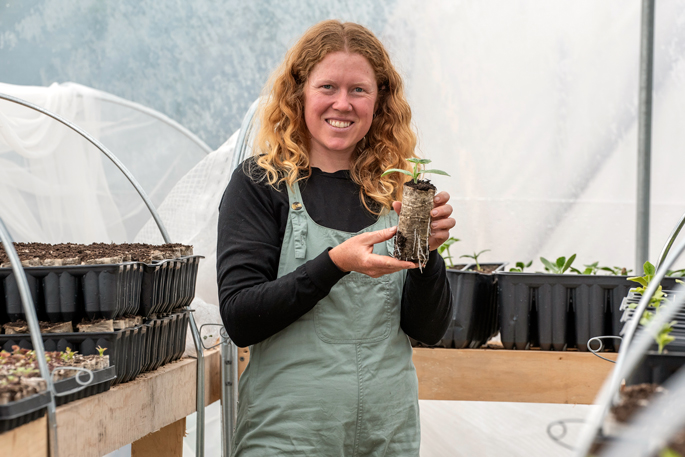
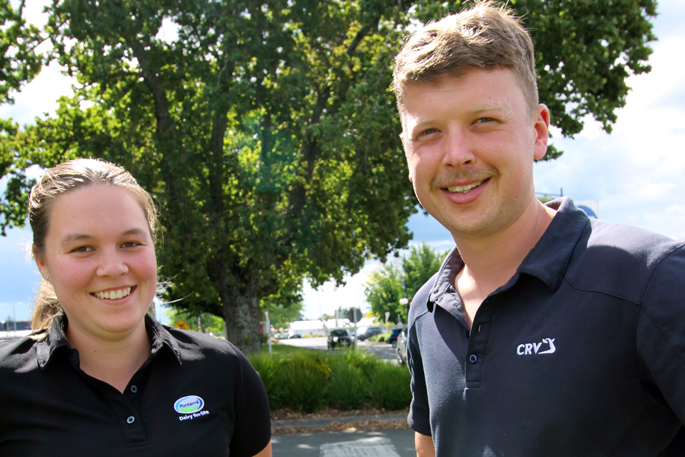
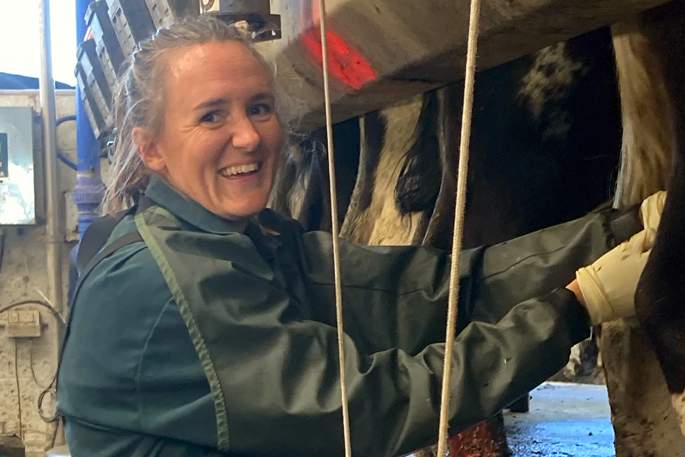
0 Comments
Leave a Comment